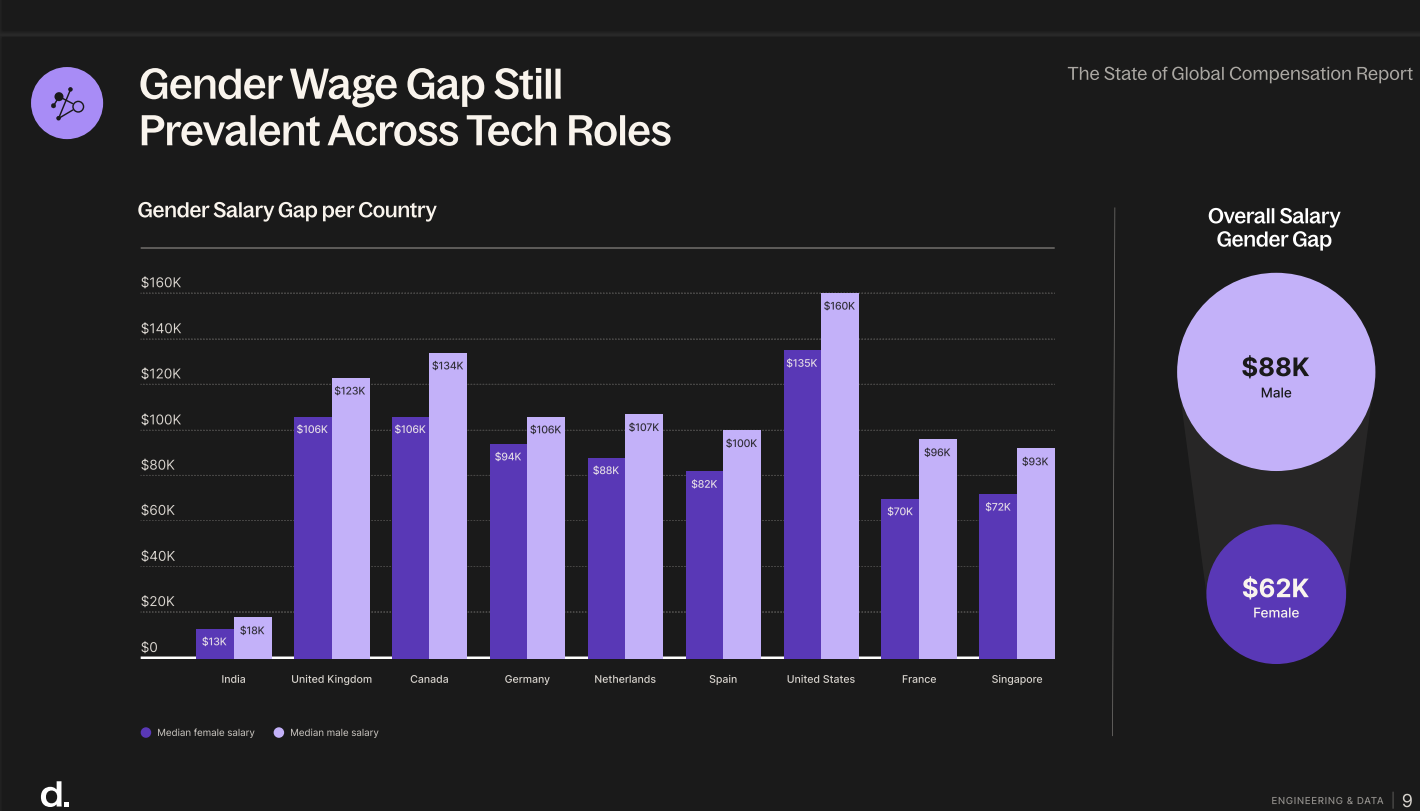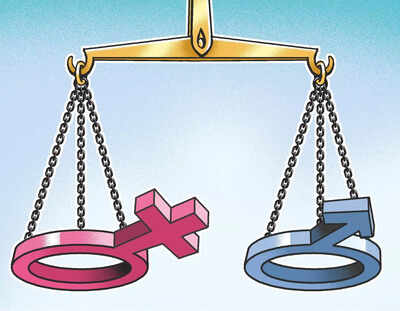When the script flip: India emerges as a global outlier in the gender pay gap

It is 2025, and we are still talking about the gender pay gap, a conversation that refuses to fade, even in an age of global progress and data-driven accountability. Yet this year, a surprising name has entered the global dialogue for all the right reasons: India.The boardrooms and HR documents are painted pink. Yes, we welcome women in the workplace. They are celebrated and cherished, they say. Alas, the salary slips tell a different story, their colours look far less vibrant. Why do they appear in such contrasting shades? It is 2025, and once again, we are talking about the gender pay gap. But this time, India has added a striking hue to the global canvas, for all the right reasons.According to the Deel 2025 Compensation Report, India now ranks among the countries with the smallest gender pay gaps worldwide, with median salaries for men and women standing almost equal. In stark contrast, some of the world’s most developed economies, Canada, France, and the United States, continue to wrestle with some of the largest disparities.

But behind India’s achievement lies a far more complex story. Has the country truly bridged the gap, or has the structure of work itself been redefined?
The numbers behind the narrative
The Deel Report paints an encouraging picture, but one that demands deeper reflection. The narrowing of India’s pay gap cannot be credited to a single reform or social awakening; it is the result of shifting work dynamics.The rise of remote work, digital entrepreneurship, and performance-based pay has diluted many of the barriers that once favoured men in traditional corporate settings. With more women entering flexible and freelance roles, pay has become increasingly tied to skill and output rather than hierarchy and tenure.This transition has challenged a historical bias in India’s labour market, where women, though qualified, were often sidelined from leadership tracks or denied equitable pay scales.
Sectors of uneven progress
Yet, the equality is not uniform. The Deel Report cautions that the pay gap remains pronounced in technology and product development roles, where men still dominate high-paying leadership and engineering positions.Sales, on the other hand, tells a different story. Here, performance-linked incentives have fostered a fairer ecosystem, women’s compensation is directly tied to results rather than rigid corporate ladders. The lesson is clear: transparency in outcomes nurtures equality.
The global contrast
What is striking is that nations with stronger economies and longer histories of gender advocacies, such as the US, France, and Canada, are still grappling with deeper divides. Legacy pay structures, opaque promotion practices, and underrepresentation of women in senior positions have entrenched inequity even in progressive societies.India’s near-parity, then, is not merely a statistical anomaly, it is a quiet challenge to global assumptions about where equality thrives.
The unfinished story of equality
But the question remains: can India’s progress sustain itself? Equal pay does not automatically translate to equal power. The representation of women in executive roles continues to lag, and without structural support, childcare, flexible policies, and leadership mentorship—the numbers may plateau.For now, India’s position offers both hope and humility. Hope, because a nation once defined by inequality has proven capable of rewriting its narrative. Humility, because the journey toward true parity is far from over.The Deel 2025 Compensation report does not mark the end of the conversation, it reignites it. And as the world watches, India’s evolving story may well redefine what progress truly means in the global pursuit of pay equity.






